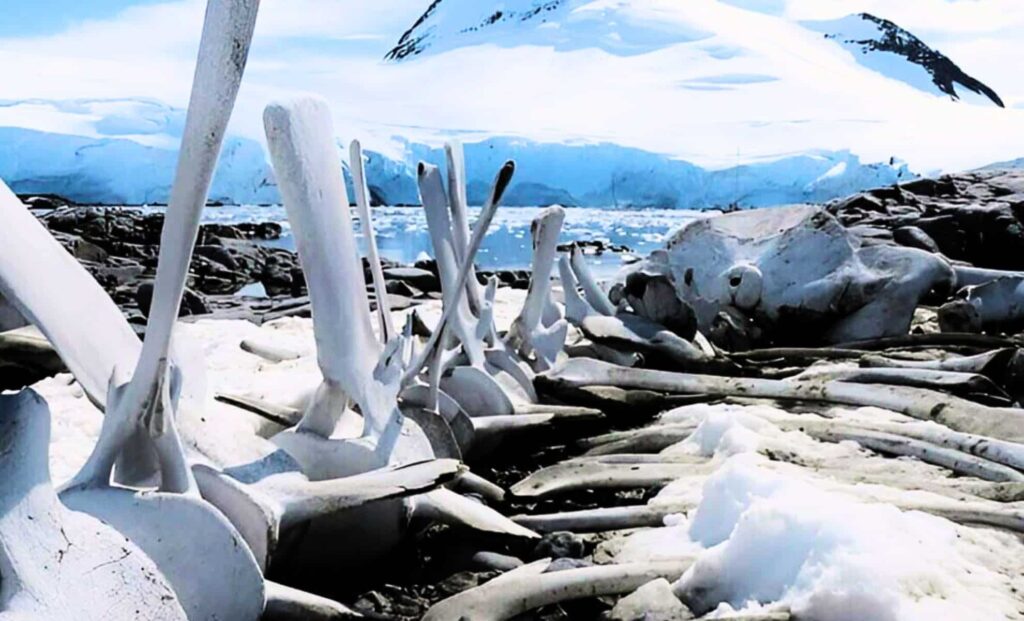New research published in the Australasian Journal of Palaeontology has revealed a detailed portrait of an ancient polar ecosystem in what is now southern Australia and Antarctica during the Early Cretaceous period. Despite months of winter darkness, sub-zero temperatures, and icy winds, a variety of dinosaur species lived and adapted to these extreme conditions.
Life on the Edge of the Polar Circle
About 120 million years ago, the land that would become Victoria, Australia, sat roughly 80 degrees south of the equator, well within the polar circle. According to study co-author Vera Korasidis of the University of Melbourne, “What is now Victoria was located within the polar circle, up to 80 degrees south of the equator, and was shrouded in darkness for months on end.”

Fossil evidence shows that both ornithopods — small, beaked herbivores — and theropods, many of them feathered carnivores, managed to survive in this polar environment. These dinosaurs had to adapt to extended darkness, freezing winters, and a short growing season for plants. The study emphasizes that the polar world was far from barren; instead, it supported complex ecosystems capable of sustaining diverse animal life.
Piecing Together a Cretaceous Rainforest
The team examined nearly 300 microscopic pollen and spore samples collected from 48 coastal sites in Victoria. This detailed analysis provided a clear picture of the vegetation between 130 and 110 million years ago. The canopy was dominated by tall conifers, while the forest floor and understory were rich in scaly ferns, forked ferns, and other primitive plant species.


Researchers believe that winding river systems running through the region played a key role in maintaining fertile habitats for plants and animals. These waterways would have supported pockets of dense vegetation, even during the long winter darkness, helping herbivorous dinosaurs find food when conditions were most challenging.
The Arrival of Flowering Plants and a Changing World
Around 113 million years ago, the fossil record shows a sudden appearance of flowering plants in the region. This ecological shift replaced much of the dense fern undergrowth with more open forest floors, while conifers continued to dominate the canopy.


Study co-author Barbara Wagstaff, a specialist in pollen and spores, noted that this change “coincided with a broader transformation in the forest structure.” The transition was part of a larger global trend driven by a warming climate and elevated atmospheric carbon dioxide levels. By 100 million years ago, southern Australia’s forests had become more open, diverse, and seasonally dynamic, reshaping the diets and behaviors of the herbivorous dinosaurs that lived there.
What These Findings Tell Us Today
The discovery challenges long-held assumptions that polar regions during the age of dinosaurs were inhospitable wastelands. Instead, they were rich, adaptable environments capable of supporting diverse life forms through extreme seasonal changes. By linking plant fossil records with dinosaur remains, researchers have provided one of the most complete pictures yet of a polar Cretaceous ecosystem.

